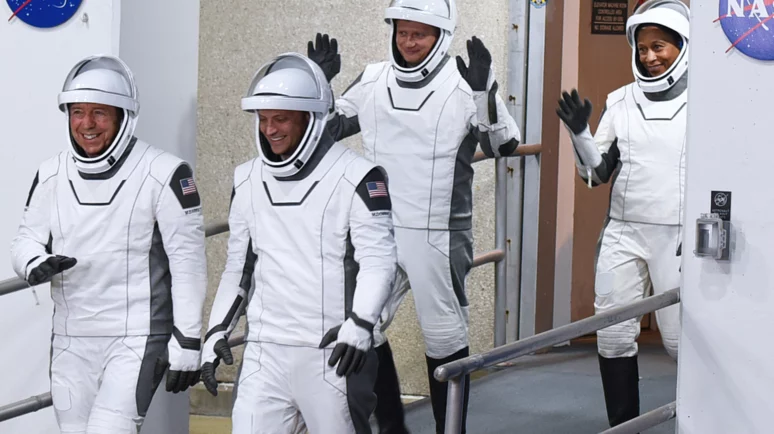NASA Directed by White House To Establish Standard Time For Moon

NASA wants to create a time zone for the moon. Photo by Omer Tarsuslu/Anadolu via Getty Images.
Key Takeaways
- NASA and other space agencies are planning a number of lunar missions in the coming years.
- This poses the challenge of keeping time on the moon.
- The White House has directed the space agency to develop a way of standardizing lunar time.
Have you ever wondered what time it is on the moon? Until now, the lunar body hasn’t had its own time zone. But the White House has directed NASA to assign it one.
In a memorandum issued on Tuesday, April 2, the Office of the President’s Science and Technology Policy department asked Federal agencies to coordinate on standardizing the measurement of time on celestial bodies, with an initial focus on the lunar surface.
Coordinated Lunar Time
With space exploration programs preparing to launch a string of lunar missions in the coming years, the fragmented state of contemporary extraterrestrial timekeeping is of growing concern.
At the moment, different space agencies keep time according to the time zone in which their respective control stations are based, all of which are synced with Universal Coordinated Time (UTC).
While this approach has been sufficient for near-Earth missions, the lunar environment poses a different challenge.
Overcoming Relativity
Due to the difference in gravitational force compared to Earth, time moves faster on the moon, gaining about 58.7 microseconds per day.
In the context of navigation systems that require precise timekeeping, syncing everything to Earth time doesn’t make sense.
Beyond operational challenges, the White House Memorandum noted that the direct use of UTC for lunar missions would have cascading effects on scientific experiments that need extremely accurate measurements.
On Earth, scientific measurements are based on the International System of Units (SI). Relations between different SI units are all understood in terms of the SI definition of time. However, due to relativity, introducing faster lunar time units alongside Earth-equivalent measurements of space and force could introduce all kinds of errors.
Requirement for Lunar Timezone
The White House stated that Coordinated Lunar Time (LTC) should be established as the universal standard for lunar operations.
It must maintain “traceability” with UTC, but given the challenge posed by relativistic effects, a simple mapping won’t suffice.
“Just as Terrestrial Time is set through an ensemble of atomic clocks on Earth, an ensemble of clocks on the Moon might set Lunar Time,” the document states. “This operational time standard, LTC, may directly employ or distribute the UTC offsets required to maintain both local time and UTC time within specific tolerances.”
Following the latest order, NASA must now work with other Federal agencies to implement lunar timing standardization no later than the end of 2026.


